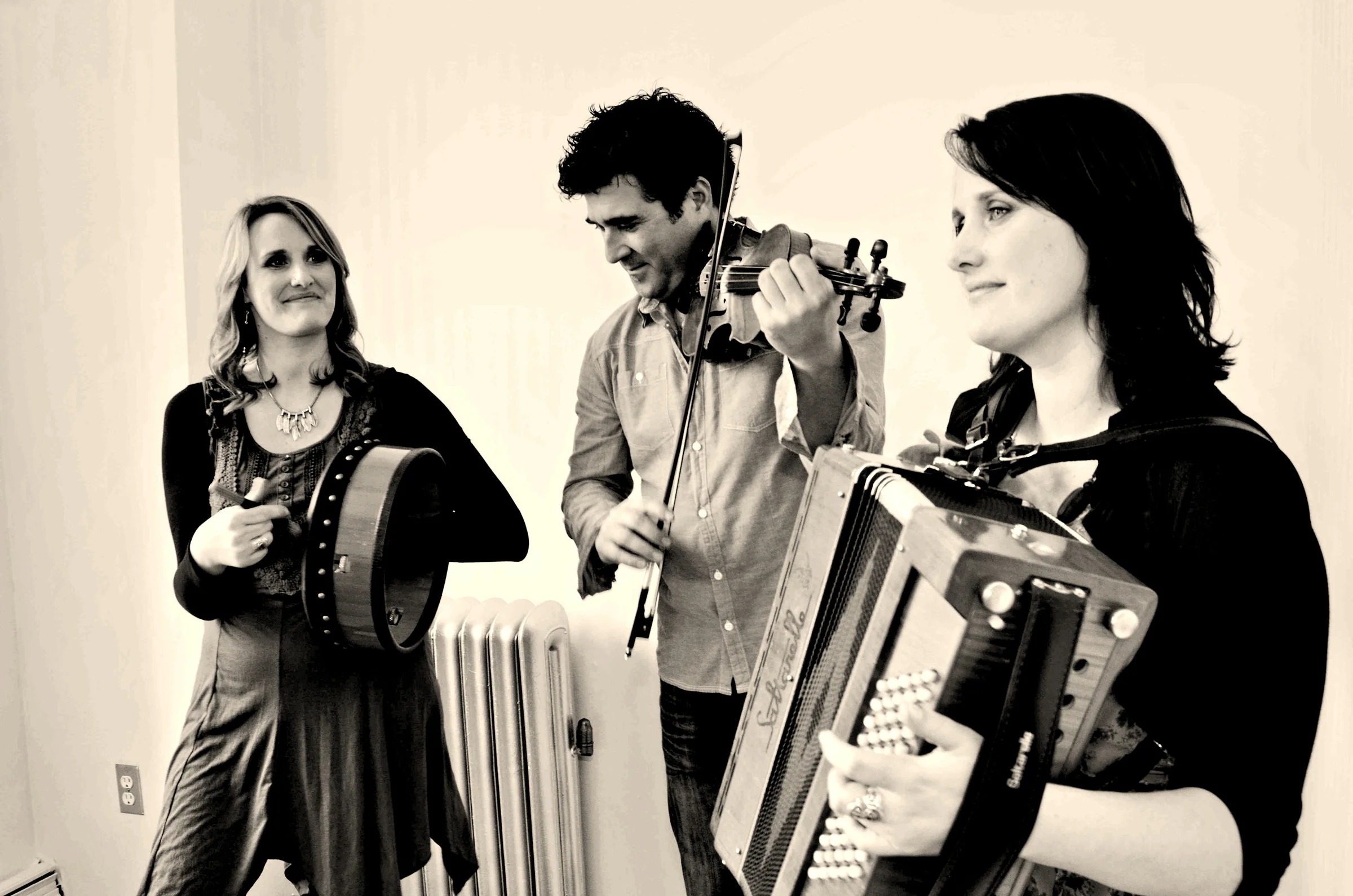Afro-Colombian champeta
Bogotá, Colombia
Hailing from Bogotá, Colombia, Tribu Baharú is a champeta crew whose sound is rooted in the musical ethos of Colombia’s Caribbean coast, influenced in particular by the “pico” (sound system) culture of Barranquilla and Cartagena. The heart of champeta culture first beat in these two coastal cities, finding expression in communities at the margins of Colombian society. The sensual champeta dance has faced sharp resistance from cultural elites and politicians who claim it is to blame for teenage pregnancy and violence. But that hasn’t stopped the music (and dance) from becoming wildly popular across Colombia.




